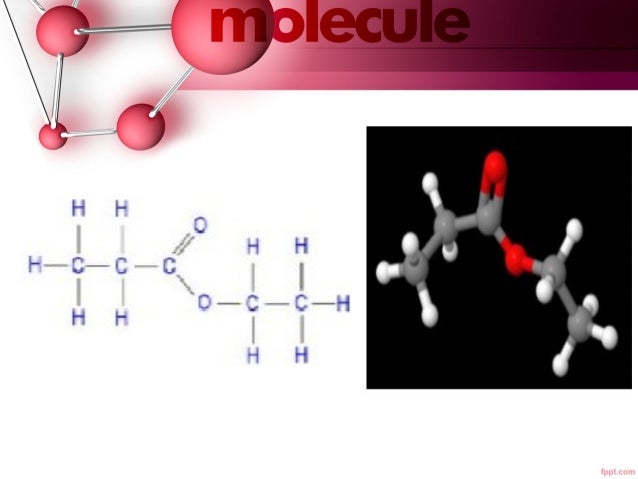

However, some compounds such as aniline form substituted products with bromine and evolve HBr. Note. No HBr is evolved in bromine test for unsaturation.Disappearance of orange-red colour of bromine indicates unsaturation. Add 1-2 ml of bromine solution into a gaseous compound taken in a jar and shake.

Absence of white fumes confirms unsaturation. Bring a rod dipped in NH 4OH near the mouth of the test-tube.
Continue the drop wise addition of Br2 with constant shaking until the brown colour persists. Disappearance of orange-red colour indicates unsaturation. Dissolve a small amount of the given compound in 1 ml of CCl 4 in a test tube and add 2% solution of bromine in CCl 4. Absence of white fumes confirms unsaturation. When all the pi-bonds are broken, the orange-red colour shall persist. The disappearance of orange- red colour continues so long as there are unsaturated bonds. Continue the addition of bromine water drop wise with constant shaking. Disappearance of orange-red colour of bromine indicates unsaturation. Dissolve a part of the given compound (solid or liquid) in about 2 ml of distilled water in a test-tube and add a drop of bromine water and shake. Bromine forms an addition product with the unsaturated hydrocarbon. In this test when bromine solution is added to the unsaturated hydrocarbon the brown colour disappears if the hydrocarbon is unsaturated. Decant off the clear liquid.īromine solution is brown. Bromine Water: Take 5ml of bromine add 100ml of distilled water and shake well. Bromine in CCl 4: Take 5ml of liquid bromine in 100ml of carbon tetrachloride and shake it to dissolve properly. To that solution add 10g of anhydrous sodium carbonate. Alkaline KMnO 4 (1%): Dissolve about 1g of potassium permanganate in 100ml of distilled water. Bromine water solution/ Bromine in CCl 4 or chloroform. Alkaline potassium permanganate test (Baeyer’s test). There are two methods for detecting the unsaturation in an organic compound. They are more reactive than their saturated counterparts. They have a relatively low chemical reactivity They contain sp 2 or sp hybridized carbons.Ĭontain more hydrogen atoms than the corresponding unsaturated hydrocarbons.Ĭontain fewer hydrogens than the corresponding saturated hydrocarbon.Įxamples include alkanes and cycloalkanes.Įxamples include alkenes, alkynes, and aromatic hydrocarbons. Saturated HydrocarbonĪll carbon atoms are sp 3 hybridized in these compounds. The key differences between saturated and unsaturated hydrocarbons are tabulated below. Unsaturated hydrocarbons feature at least one double or triple bond between two adjacent carbon atoms. The hydrocarbons having at least one double bond between two adjacent carbon atoms are called alkenes, whereas the hydrocarbons which contain a carbon-carbon triple bond are referred to as alkynes.ĭifference Between Saturated and Unsaturated Hydrocarbon Unsaturated hydrocarbons are organic compounds that are entirely made up of carbon and hydrogen atoms and consist of a double or a triple bond between two adjacent carbon atoms. As the name suggests, saturated hydrocarbons are hydrocarbons in which all the carbon atoms are bonded to four other atoms and are ‘saturated’, implying that no carbon-carbon multiple bonds exist in these organic compounds.Generally, the term ‘saturated hydrocarbon’ is used to refer to alkanes – acyclic hydrocarbons containing only sp 3 hybridized carbon atoms.Ī few other examples of saturated hydrocarbons include: A hydrocarbon is an organic compound whose only constituents are carbon and hydrogen. Saturated HydrocarbonsĪ Saturated hydrocarbon is a hydrocarbon in which all the carbon-carbon bonds are single bonds. 10.1021/cr5004216.Hydrocarbons, or molecules which contain hydrogen atoms and carbon atoms that are bonded to each other and may or may not contain other atoms, are classified into two distinct categories: saturated and unsaturated. Chemistry of α-Oxoesters: A Powerful Tool for the Synthesis of Heterocycles. Phenalenones: Insight into the Biosynthesis of Polyketides from the Marine Alga-derived Fungus Coniothyrium Cereal. /esterfunctionalgroup-58b5e13a5f9b586046f6596c.jpg)
Novel anti-Prelog Stereospecific Carbonyl Reductases from Canadian Parapsilosis for Asymmetric Reduction of Prochiral Ketones. Antimicrobial Phenalenone Derivatives from the Marine-derived Fungus Coniothyrium Cereal. α-Keto Amide Inhibitors of Aminopeptidases.




/esterfunctionalgroup-58b5e13a5f9b586046f6596c.jpg)


 0 kommentar(er)
0 kommentar(er)
